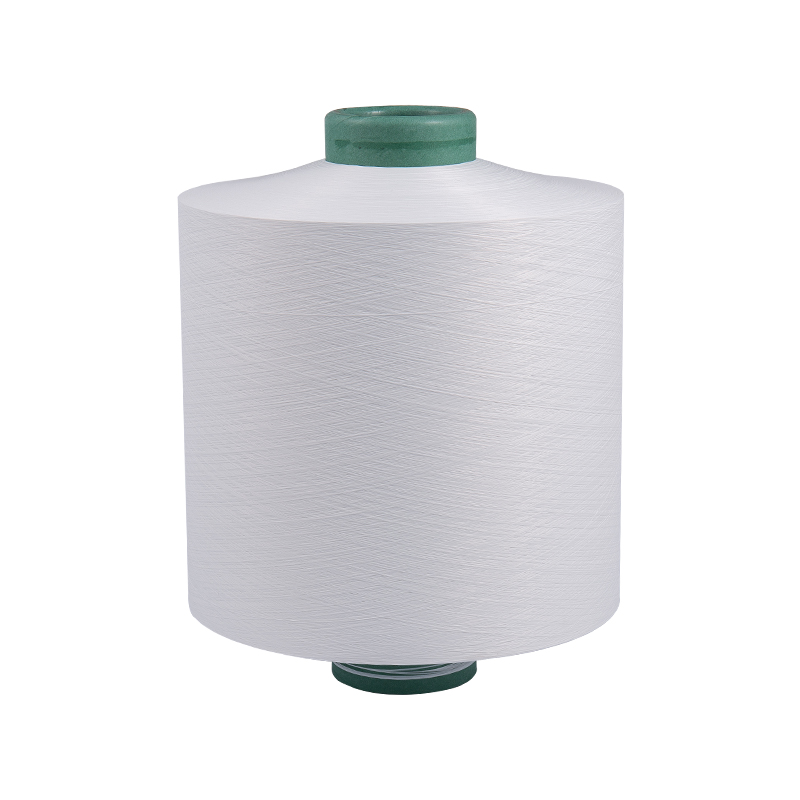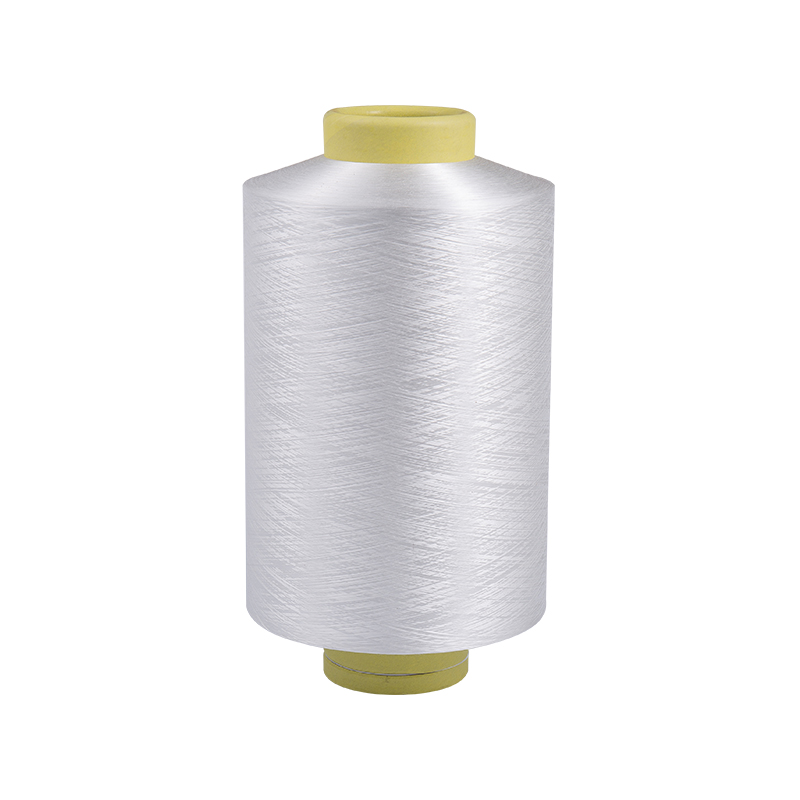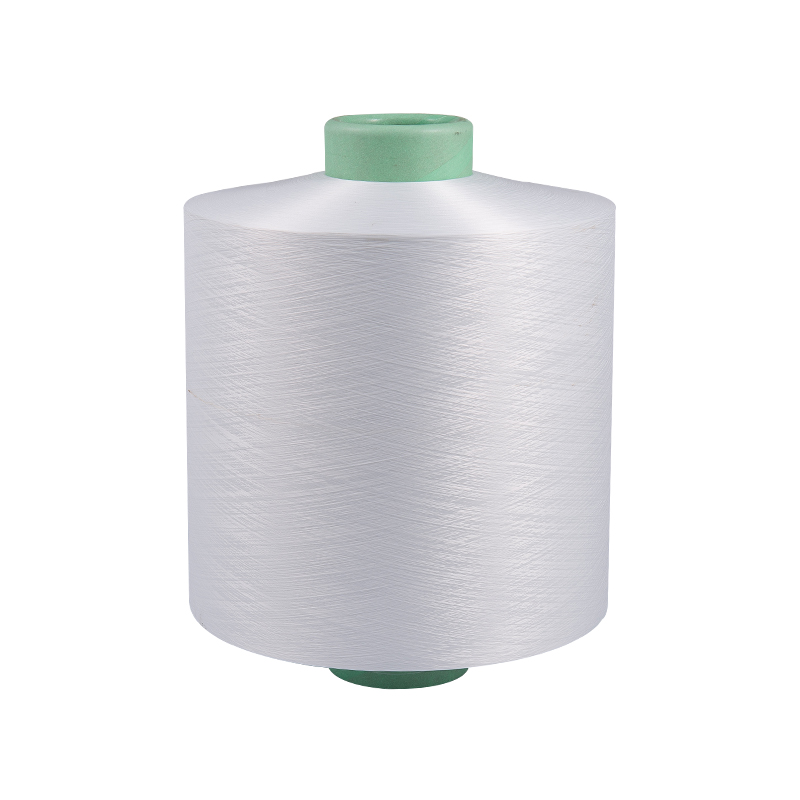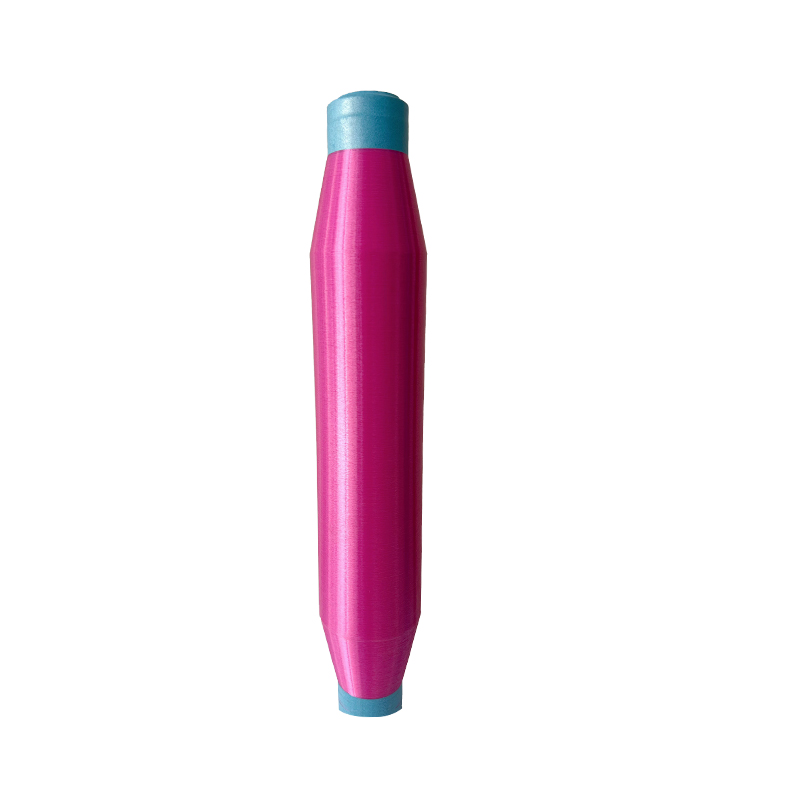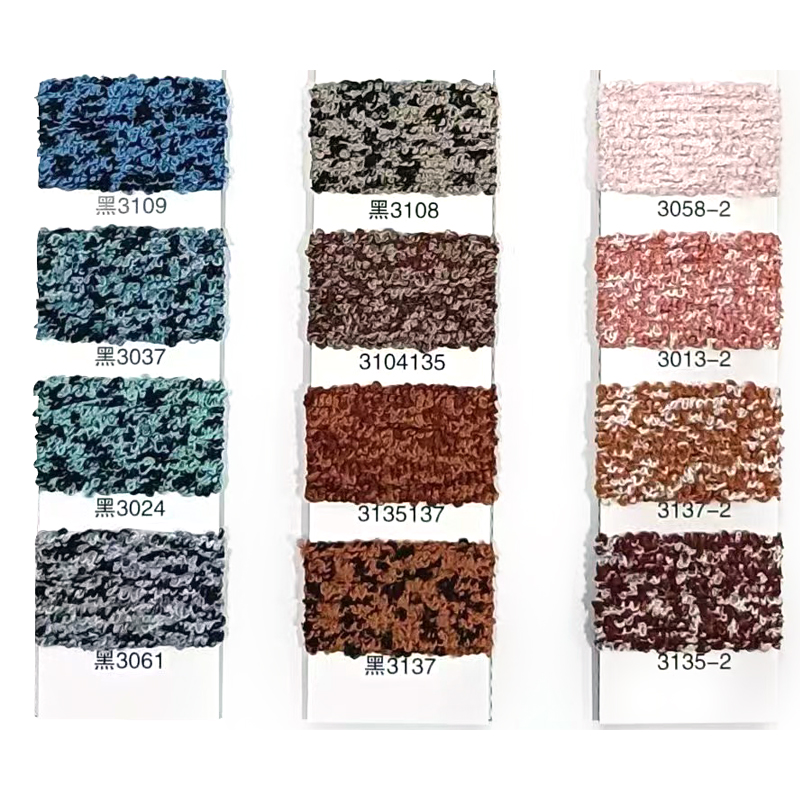A Comprehensive Guide to Chenille Fabric Varieties
2025-06-13
Chenille is a fabric known for its plush texture and soft, velvety touch. Popular in both upholstery and apparel, chenille’s unique aesthetic and tactile appeal come from its distinct manufacturing process. But not all chenille fabrics are the same. From fiber content to weave patterns, there are several types of chenille, each tailored for specific uses. In this article, we’ll explore the various types of chenille, the differences between them, and how they’re used across industries like furniture, interior design, fashion, and more.
Content
What Is Chenille Fabric?
Chenille, the French word for “caterpillar,” refers to both the yarn and the fabric made from that yarn, due to its fuzzy, caterpillar-like appearance. It is created by weaving short lengths of fiber (called the "pile") between two core yarns, then twisting them together to produce a soft, tufted yarn. This yarn is then woven into fabric, giving it its signature softness and dimensional look.
The feel and appearance of chenille can vary greatly depending on the fiber used, the weave, and how the yarn is processed. This leads to different types of chenille fabrics, each with unique properties.
Main Types of Chenille Fabric
1. Cotton Chenille
Cotton chenille is made primarily from cotton yarns, making it breathable, absorbent, and soft to the touch. It’s often used in bedspreads, bathrobes, baby blankets, and home décor textiles. Cotton chenille is preferred for its natural feel and ability to soften further with washing.
Features:
-
Natural fiber, hypoallergenic
-
Highly absorbent
-
Soft and cozy
-
Moderate durability
Best Used For:
Home textiles, baby products, loungewear, and decorative pillows.
2. Polyester Chenille
This synthetic version of chenille is made from polyester yarns, offering enhanced durability, wrinkle resistance, and colorfastness. Polyester chenille retains its appearance over time and is less prone to shrinking or fading.
Features:
-
Durable and long-lasting
-
Easy to clean and maintain
-
Less breathable than cotton
-
More resistant to abrasion
Best Used For:
Upholstery, curtains, modern chenille sofa fabrics, and rugs.
3. Rayon Chenille
Rayon chenille is known for its luxurious sheen and silky texture. It drapes well and adds elegance to decorative items. However, it is more delicate than other types and may require special care.
Features:
-
Rich, glossy finish
-
Extremely soft feel
-
Less durable than polyester or cotton
-
Prone to crushing and pilling
Best Used For:
Draperies, throw pillows, decorative throws, and high-end upholstery.
4. Acrylic Chenille
Acrylic chenille mimics the softness of wool but is much lighter and less expensive. It offers good insulation and is commonly blended with other fibers for enhanced performance.
Features:
-
Lightweight and soft
-
Good insulation
-
More affordable than wool
-
Susceptible to static and pilling
Best Used For:
Sweaters, scarves, throws, and casual wear.
5. Wool Chenille
Wool chenille combines the fuzzy texture of chenille with the natural warmth of wool. It’s thicker and warmer than other types and is used where insulation and comfort are priorities.
Features:
-
Naturally warm and breathable
-
Biodegradable and renewable
-
Requires careful cleaning
-
Less smooth than rayon or acrylic
Best Used For:
Winter wear, blankets, and plush upholstery.
6. Blended Chenille
Many commercial chenille fabrics are made from a blend of fibers like cotton-polyester or rayon-acrylic to combine the benefits of each. These blends improve the balance between softness, strength, and cost-effectiveness.
Features:
-
Versatile and customizable
-
Balanced properties of durability, texture, and affordability
-
Easy-care options available
Best Used For:
Furniture fabric, multifunctional home textiles, commercial upholstery, and fashion garments.
Specialty Chenille Variants
a. Crushed Chenille
Crushed chenille has a wrinkled or textured appearance created during the finishing process. It adds depth and dimension, often used for dramatic décor effects.
b. Embossed Chenille
This type features patterns pressed into the fabric, offering a raised texture. Embossed chenille is decorative and commonly used in curtains, bedding, and upholstery.
c. Printed Chenille
Here, patterns or images are printed directly onto the chenille surface. It merges the comfort of chenille with visual interest and is often used for statement pieces in interior design.
Comparing Chenille Types: Quick Reference Table
| Type | Fiber Base | Softness | Durability | Appearance | Common Uses |
| Cotton Chenille | Natural | High | Medium | Matte, cozy | Bedding, baby products, décor |
| Polyester Chenille | Synthetic | Medium | High | Uniform, colorfast | Upholstery, curtains, sofa fabric |
| Rayon Chenille | Semi-synthetic | Very High | Low | Silky, shiny | Decorative textiles |
| Acrylic Chenille | Synthetic | High | Medium | Wool-like | Apparel, soft furnishings |
| Wool Chenille | Natural | Medium | High | Warm, dense | Winter blankets, thick fabrics |
| Blended Chenille | Mixed | Varies | Balanced | Customizable | Furniture, multi-use textiles |
How to Choose the Right Type of Chenille
When selecting chenille, consider the following factors:
-
Usage Environment – For high-traffic areas like living room furniture, polyester or blended chenille is ideal. For low-impact uses, such as throw pillows or decorative drapes, rayon or cotton chenille works well.
-
Care Requirements – If you need easy-care fabric, choose polyester-based chenille. For natural and sustainable options, cotton or wool is preferred, though these may require more delicate washing.
-
Aesthetic Appeal – For sheen and luxury, rayon chenille stands out. For warmth and texture, wool or acrylic versions are better suited.
-
Budget Constraints – Blended and synthetic chenille fabrics tend to be more cost-effective than premium natural fibers.
Chenille is a versatile and richly textured fabric that comes in various types to suit different needs. Whether you’re choosing Chenille Sofa Fabric for a new couch, a cotton chenille throw for your bed, or an acrylic chenille sweater for winter, understanding the different types of chenille will help you make informed choices. Each variation offers its own combination of comfort, durability, maintenance, and style—making chenille a perennial favorite in both fashion and interior design.




 English
English 中文简体
中文简体 Español
Español عربى
عربى

